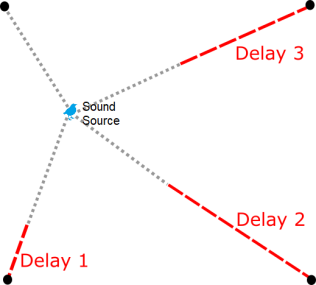
A diagram from my poster illustrating the concept of sound localization. The black dots are microphones; the blue bird is the sound source; the relative delay of a sound arriving at the four microphones can be used to estimate the bird’s location with about 1m of accuracy.
This past weekend, I attended the Alberta Chapter of the Wildlife Society Conference in Lethbridge, Alberta. This was my first time attending a conference focused on something other than birds, and I had a fantastic time. I met lots of interesting people – many from Alberta, some from outside the province. I gave a poster presentation entitled “Localization of bird songs to assess responses to oil well sites”. Continue reading
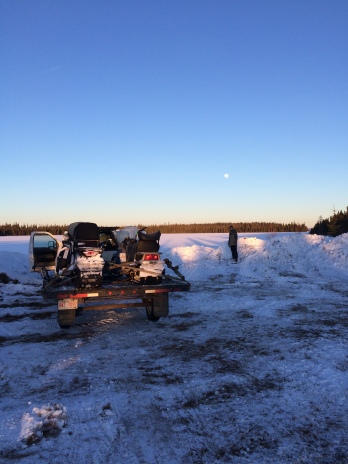
 My colleagues and I have a new paper out in the journal Avian Conservation and Ecology called “Direction-of-arrival estimation of animal vocalizations for monitoring animal behaviour and improving estimates of abundance”. The paper presents the results of a test of a sound localization system made from two Wildlife Acoustics Songmeter SM3 devices, configured so that an algorithm can tell a user the precise direction towards a sound source.
My colleagues and I have a new paper out in the journal Avian Conservation and Ecology called “Direction-of-arrival estimation of animal vocalizations for monitoring animal behaviour and improving estimates of abundance”. The paper presents the results of a test of a sound localization system made from two Wildlife Acoustics Songmeter SM3 devices, configured so that an algorithm can tell a user the precise direction towards a sound source. 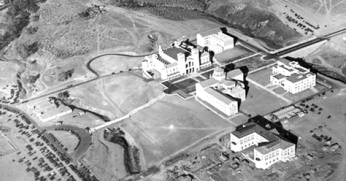
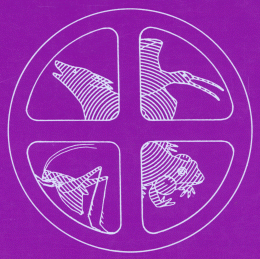 The Taylor lab has a new paper out in the journal Bioacoustics, called “Sensitivity of California Thrashers (Toxostoma redivivum) to song syntax”. The paper summarizes playback experiments aimed at examining the responses of California Thrashers to normal song sequences and sequences whose order had been randomly permuted. My role as third author was primarily in the design of experiments, the construction of playback sequences, and helping write and edit the manuscript. Click
The Taylor lab has a new paper out in the journal Bioacoustics, called “Sensitivity of California Thrashers (Toxostoma redivivum) to song syntax”. The paper summarizes playback experiments aimed at examining the responses of California Thrashers to normal song sequences and sequences whose order had been randomly permuted. My role as third author was primarily in the design of experiments, the construction of playback sequences, and helping write and edit the manuscript. Click 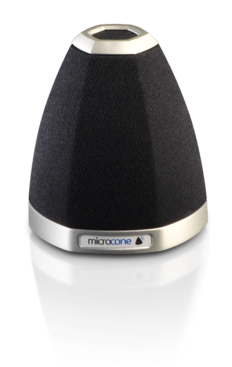 I just received word that a paper, on which I am the third author, has been accepted for publication in the Journal of Robotics and Mechatronics [edit: the paper has now been published and
I just received word that a paper, on which I am the third author, has been accepted for publication in the Journal of Robotics and Mechatronics [edit: the paper has now been published and 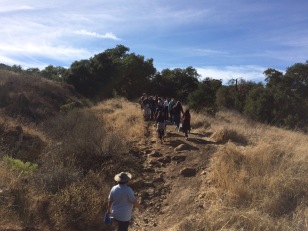 Last Monday, I had the pleasure of helping out with another BioBlitz at Stunt Ranch – this time with a twist! Students from the AP Environmental Studies class at Reseda Senior High School came out, and trekked around the field station identifying any and all plants and animals they came across. To introduce them to another approach to biological sampling, we had them collect soil samples which will later be scanned for Environmental DNA (eDNA).
Last Monday, I had the pleasure of helping out with another BioBlitz at Stunt Ranch – this time with a twist! Students from the AP Environmental Studies class at Reseda Senior High School came out, and trekked around the field station identifying any and all plants and animals they came across. To introduce them to another approach to biological sampling, we had them collect soil samples which will later be scanned for Environmental DNA (eDNA).